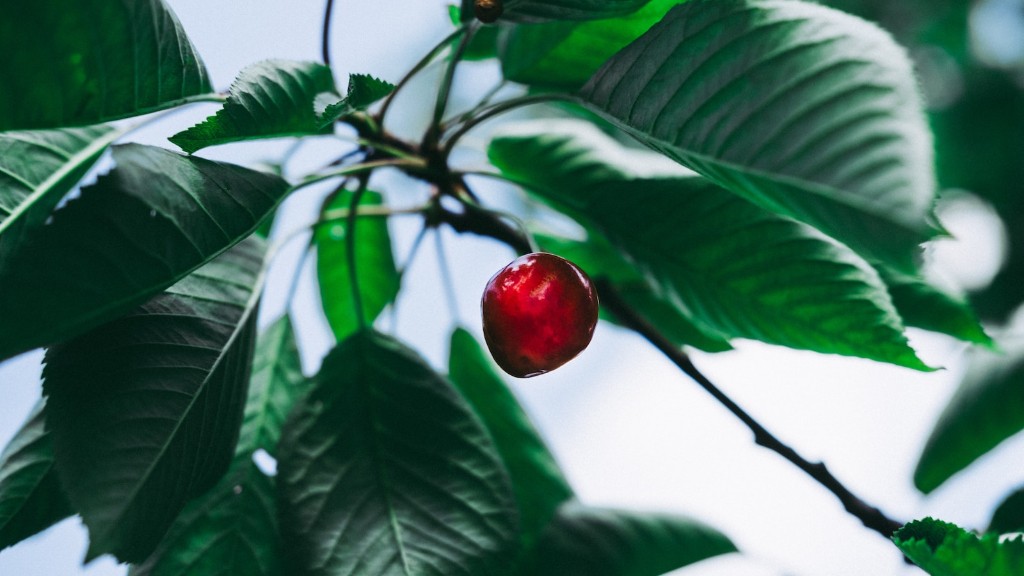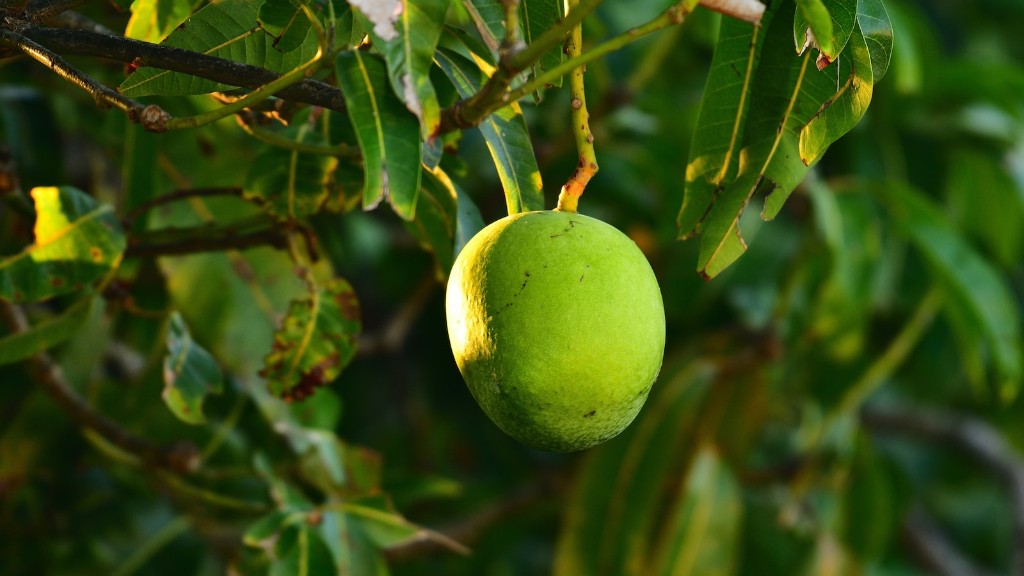Flower of Japan – the Cherry Blossom Tree
Japan is known for its beautiful cherry blossoms that bloom in the spring and are celebrated by festivals throughout the country. The Japanese name, “sakura”, is also often used to refer to the flowers. But did you know that there is a specific word to describe the tree as a whole? That word is “Sakura no Ki”.
The Sakura is a flowering tree most commonly found in areas of East Asia and Japan, and is part of the genus, Prunus. This genus of the Rosaceae family includes different types of cherries, such as the sakura and the yama-zakura. The bloom time of sakura trees varies by region in Japan, but usually starts in late March to early April and last for about a month.
The sakura no ki is celebrated through festivals known as “hanami”. Hanami is a centuries-old custom among the Japanese which involves the appreciation of the beauty of the flowers. People gather in parks each spring to admire the flowers and hold picnics, organize performances with traditional Japanese instruments and dance, or just appreciate the beauty of nature.
The sakura no ki is a symbol of the Japanese culture and has become popular around the world. Many modern works, including literature and anime, often feature the sakura no ki as a representation of an idealized Japan and as a symbol of beauty and hope.
The symbolism of the sakura tree has been used to emphasize the fleeting nature of life. The saying goes, “Just like sakura, life passes away quickly.” Yet, this idea is not meant to discourage but rather remind us to cherish our time; to be mindful of what we have, and enjoy it to the fullest.
Sakura no ki is a beautiful tree and an important part of Japanese culture and tradition. The timeless symbol of beauty, hope, and appreciation has spread around the world, and will always be a part of the culture of Japan.
Expert Tips for Growing Sakura No Ki Trees
If you want to plant your own Sakura No Ki tree, here are some tips and considerations to keep in mind. While its delicate beauty is often admired, sakura no ki are actually can be quite hardy and resistant to pests and diseases.
The sakura no ki needs full sun so make sure you choose a spot with adequate sunlight in your garden. Also, please note that this tree grows quickly and requires pruning. Keep in mind that the sakura no ki will drop its leaves in the winter, so make sure you have plans for protecting your ground during this season.
When it comes to soils for growing the sakura no ki, it prefers well-drained soils with a slightly acidic pH of 6.0-7.0. Some experts recommend adding organic matter to the soil, such as compost, manure, or peat moss.
If you want to use fertilizer in your garden, experts recommend using an organic fertilizer specially designed for sakura no ki. Make sure to do a soil test first and then adjust the fertilizer according to the test results. You should apply the fertilizer in early spring and again in late summer.
Finally, when it comes to watering, sakura no ki trees have medium water needs. Water them deeply every week and make sure there is adequate drainage in the soil. Be sure to check the soil around the tree every week to make sure it isn’t too dry or too wet.
Fun Facts about the Sakura No Ki
Aside from its beauty and symbolism, there are also some fascinating facts about the sakura no ki that many people don’t know. For example, did you know that the wood of a sakura no ki tree is also highly valuable? This is because the wood of the sakura is denser and heavier than most types of wood, making it ideal for crafting furniture and special works of art.
In addition, did you know that the flowers of sakura no ki trees aren’t all pink? The appearance and color of the flowers can vary, and some trees may even have white-colored flowers. The exact color of the flowers also varies according to the location in which they are found because the plants are subjected to different climates.
Last but not least, the flowers of the sakura no ki trees can also be used for medicinal purposes. In traditional Chinese medicine, the dried petals of the flowers are used to make a tea which has soothing and calming effects for sore throats and other ailments.
Sakura No Ki Reflected in Art and Literature
The sakura no ki has a special place in traditional Japanese art and literature. One particular example is Edo period ukiyo-e prints from which the sakura no ki tree can often be seen. Other common motifs and symbols which the beautiful tree often appears in are poetry, novels, and theatre.
Moreover, an interesting fact to note is that the sakura no ki tree is often used to characterize authors, as well as modern celebrities, in Japanese literature or on media such as television. The authors are usually portrayed as the sakura tree and the celebrities often symbolize the delicate pink blossoms.
Sakura No Ki in Foreign Cultures
The imagery of sakura no ki has also spread to foreign cultures and become popular in various countries outside of Japan. For example, the phrase “sakura no ki” is often found along with a specific type of tea or food. Many restaurants and artists both inside and outside of Japan often incorporate the sakura tree into their work.
In countries such as the United States, the sakura no ki has become so popular that many cities have planted sakura trees in public parks and other public areas. The resulting visual of the pink and white blossoms has become a popular tourist attraction.
The tree of the sakura has impacted numerous cultures around the world with its beauty and symbolism, and it’s safe to say that it will continue to do so in the future.
Sakura No Ki Merchandise
The appreciation of the sakura tree has become so popular that it has even spawned its own merchandise. Each year, the sakura no ki tree is celebrated through the production of art, merchandise, and other related items.
In Japan, during the blooming season, you can find endless amounts of sakura no ki merchandise. From t-shirts, to umbrellas, to tote bags, and much more. There are also many online stores where you can find these products all year long, even if the country is not experiencing cherry blossom season.
The beauty of the sakura no ki continues to influence the market even in countries outside of Japan. You can find sakura-themed products in major stores such as Amazon and Etsy. People also create their own artworks or crafts related to the sakura tree, and some genre of fan art involve the sakura tree.
It’s clear then that the appreciation of the sakura no ki is widespread, and it continues to spread with each passing year.





